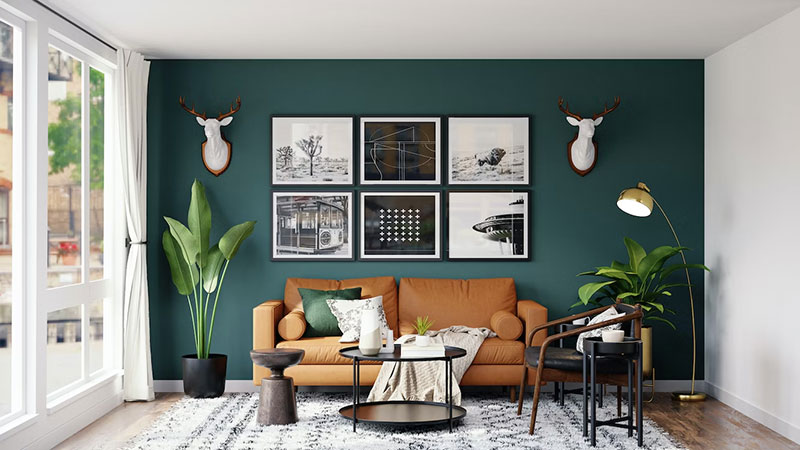Advertisement
Staging is an art form that transforms a space into a captivating and visually appealing environment. Whether it’s for a home sale, a special event, or even a theatrical production, staging can play a crucial role in leaving a lasting impression on the audience.
However, even the most experienced stagers can make mistakes that could potentially impact the overall effect they desire to achieve. In this blog, we will explore some common staging mistakes and valuable lessons to learn from them, regardless of your level of expertise. Let’s get started!
1. Overcrowding the Space
One of the most prevalent staging mistakes is overcrowding the space with too much furniture or decor. This can make the area feel cramped and cluttered, leaving little room for potential buyers or event attendees to move freely.
The lesson to take from this mistake is to prioritize simplicity and minimalism – this doesn’t mean that you need to embrace extreme minimalism, but rather make the most of the spacing with effective apartment staging techniques. Allow the space to breathe and emphasize key focal points that highlight the best features of the area.
2. Ignoring Natural Light
Neglecting the importance of natural light is another staging blunder. Inadequate lighting can make a space feel dull, uninviting, closed, and even smaller than it actually is.
Instead, harness the power of natural light by opening curtains and blinds, and strategically placing mirrors to reflect light throughout the room. The most important thing here is to embrace natural light as a powerful tool to enhance the ambiance of any space.
3. Lack of Cohesion
When staging, it’s essential to have a cohesive theme or design style that ties the entire space together. Mixing too many design elements can create visual chaos and confusion for the viewers. Be sure to choose a central theme and stick to it throughout the staging process. Whether it’s modern, rustic, or eclectic – consistency is key.
4. Neglecting the Exterior
Staging doesn’t stop at the front door. Overlooking the exterior of a property or event venue is a significant mistake. First impressions matter, and a well-staged exterior sets the tone for what’s inside.
Pay attention to curb appeal, tidy up the landscape, and consider adding welcoming touches like potted plants or a fresh coat of paint on the front door. In fact, you can even go the extra mile and make your exterior as inviting as the interior by adding things like a hammock, garden furniture, and other outdoor wall decor.
5. Personalization Overload
While it’s essential to add some personal touches to a space, excessive personalization can backfire when staging for a sale or event. Potential buyers or attendees need to envision themselves in the space, and too many personalized items may hinder that process.
It’s a good idea to strike a balance between personalization and neutrality. Create a space that feels inviting and warm while allowing room for others to imagine themselves in it.
6. Neglecting Repairs and Maintenance
Ignoring necessary repairs and maintenance issues is a significant mistake that can quickly turn off potential buyers or event attendees. Leaky faucets, cracked tiles, or peeling paint are distractions that take away from the overall appeal. Make sure you thoroughly inspect the space before staging and address any repairs or maintenance needs promptly.
7. Misuse of Color
Color can significantly impact the mood and perception of a space. Using the wrong colors or overwhelming the area with too many bright and contrasting hues can be jarring. The key lesson is to use a cohesive color scheme that complements the overall design and creates a harmonious atmosphere.
Concluding thoughts
Staging is a skill that can always be refined and improved upon. By understanding and learning from common staging mistakes, both beginners and seasoned stagers can elevate their craft and achieve better results.
Prioritizing simplicity, utilizing natural light, maintaining cohesion, attending to both interior and exterior spaces, finding the right balance between personalization and neutrality, addressing repairs, and using colors thoughtfully are all valuable lessons to keep in mind for successful staging endeavors.
By adopting these pro tips, stagers can create captivating spaces that leave a lasting impression on their audience, whether they’re prospective buyers or attendees at a special event.

